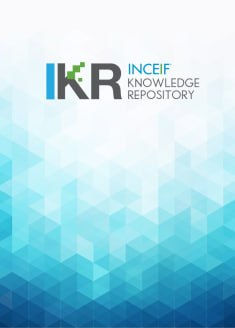
Browse by Author "Unay Tamgac Tezcan"
Results Per Page
Sort Options
- PublicationEffectiveness of macroprudential policies on credit surge and stop episodesMehmet Fatih Ekinci; Unay Tamgac Tezcan; Turalay Kenc (Springer Nature, 2024)
When faced with capital flow and credit growth waves in recent years, policymakers have relied upon macroprudential regulation. This paper sheds light on a relatively less-analyzed policy issue: how macroprudential regulatory measures mitigate extreme credit growth episodes. We use a dynamic panel data approach to estimate the impact of MaPPs on credit growth volatility and the likelihood of credit growth boom and bust episodes. We find that MaPPs reduce credit growth volatility in both advanced economies (AEs) and emerging market economies (EMEs). In addition, MaPPs help to prevent credit surges in EMEs and stops in AEs. Our results show that there is a strong link between net capital flows and credit growth stop episodes. Net capital flow surges trigger a credit surge for EMEs. This suggests that policymakers should consider both MaPPs and capital flow management measures when designing policies to mitigate the risks associated with these phenomena.
Abstract View
2669287
View & Download
187611
